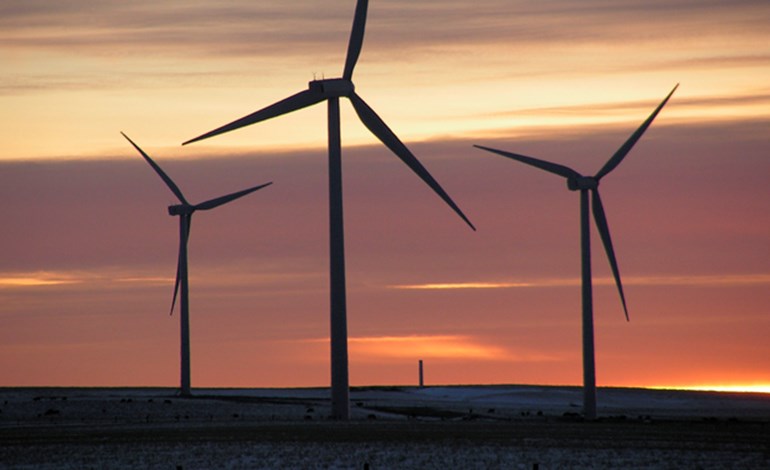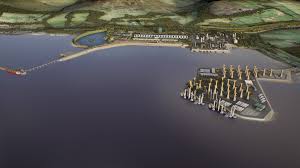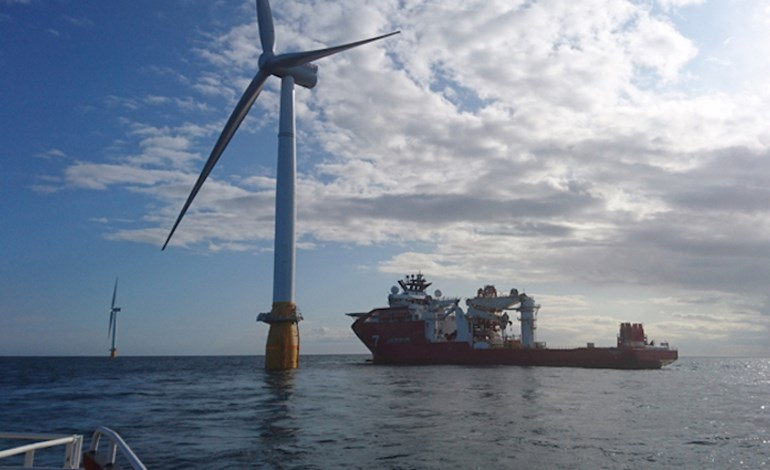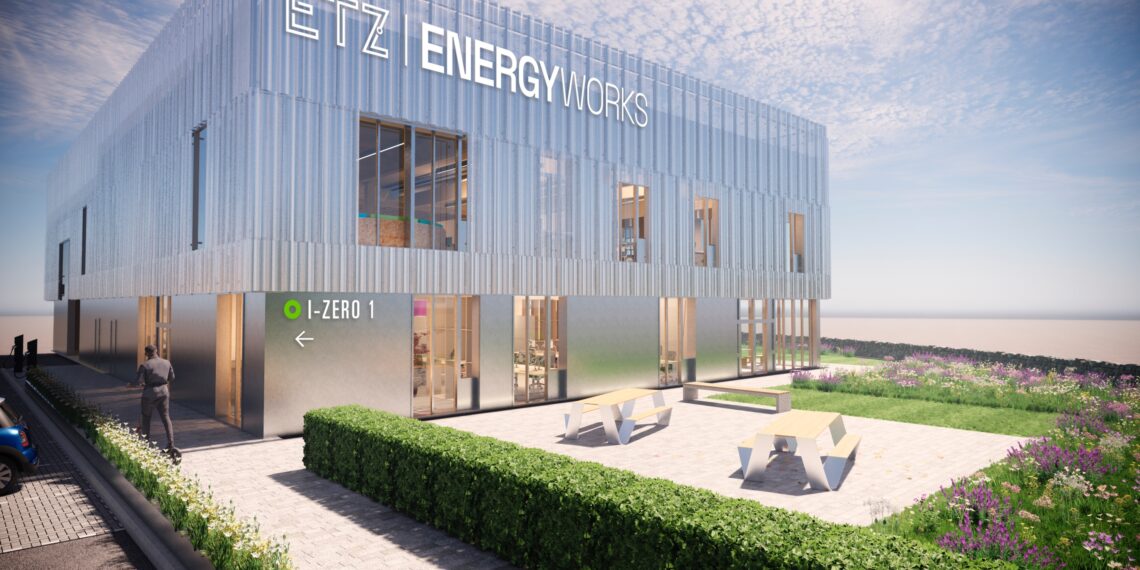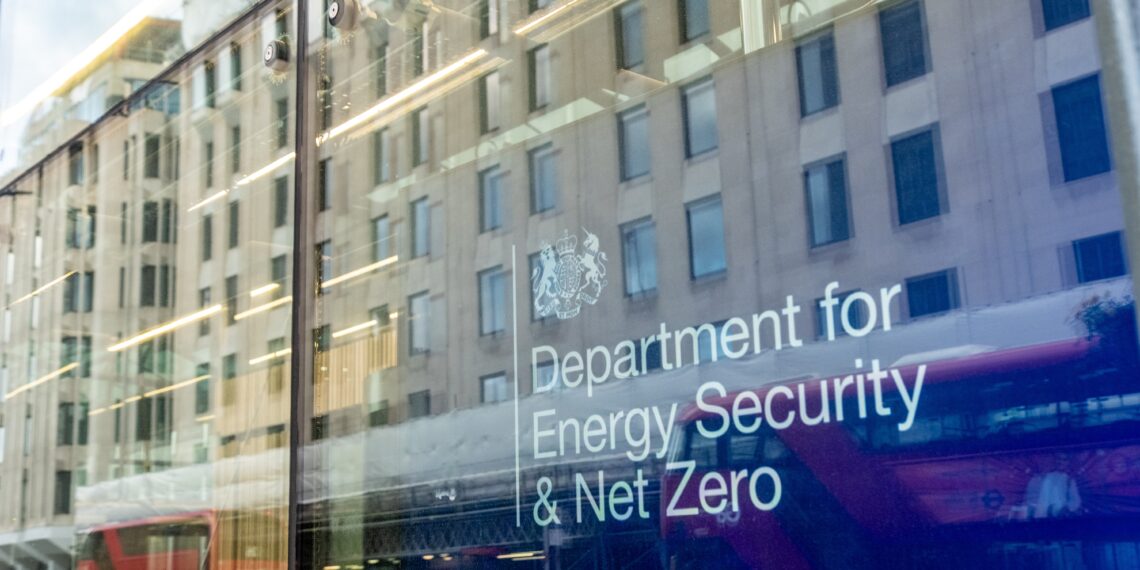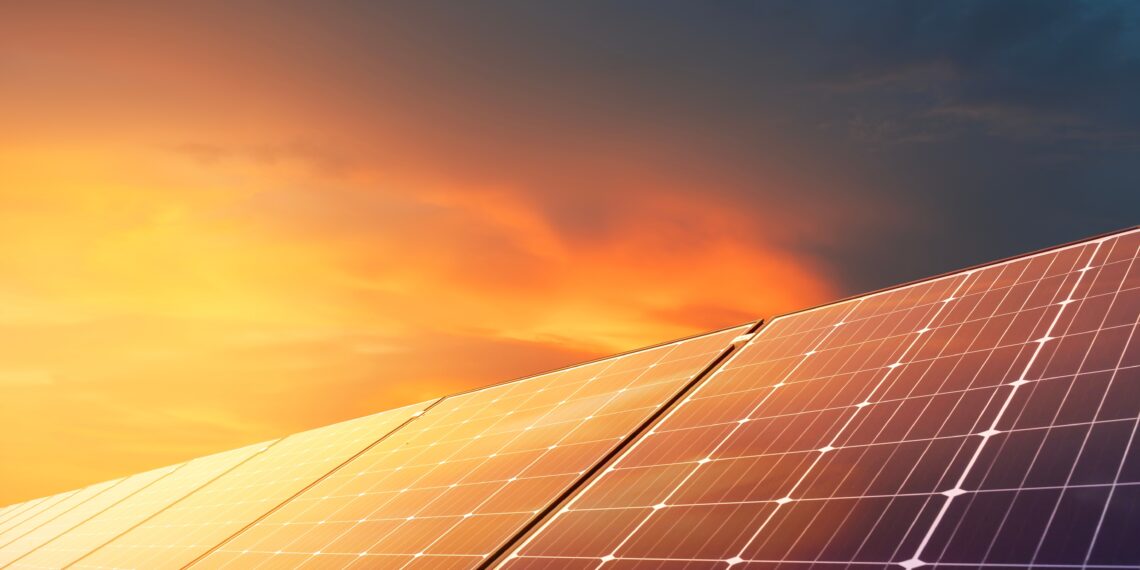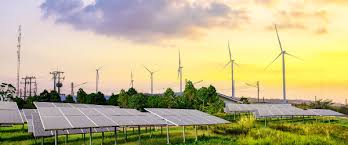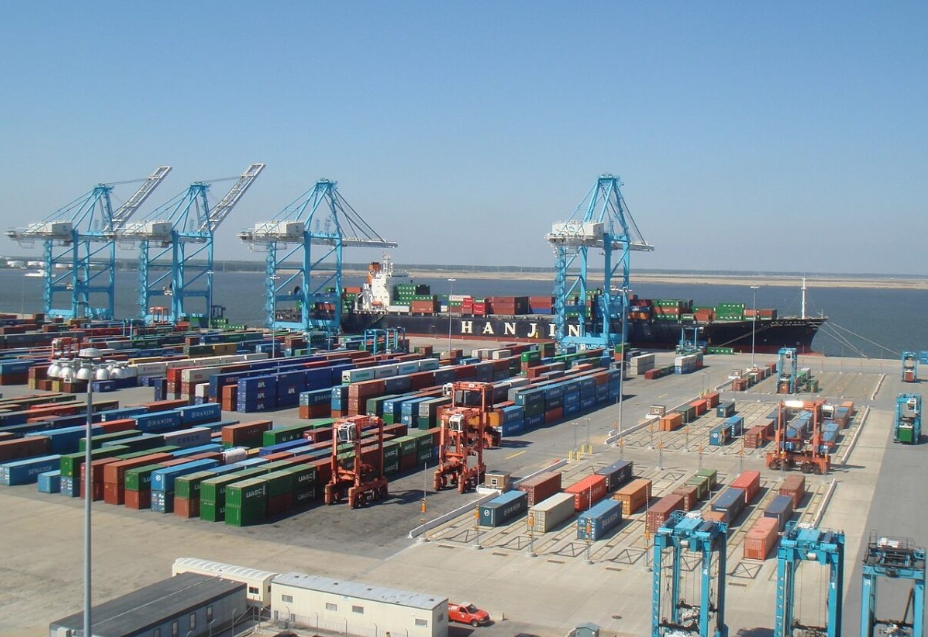
The Port of Virginia rang in the New Year by celebrating an impressive accomplishment: it is now entirely powered by clean energy, becoming the first East Coast port to accomplish the feat.
The Port of Virginia is powering all of its terminals with electricity from clean resources and accelerating its goal of becoming carbon-neutral by 2040. This milestone puts the port eight years ahead of its original 2032 benchmark of using clean energy to power operations.
The port was already sourcing some of its electricity for its on-terminal cargo operations from renewable sources and a power purchase agreement approved by the Virginia Port Authority Board of Commissioners meant to expand access to clean energy. The agreement allowed the Virginia Department of Energy to allocate an additional 10% of the energy from 345 MW of solar projects from Dominion Energy along with the port’s proportionate share of the original contract.
This allocation (along with other solar, nuclear, and wind resources provided by Dominion Energy) supports the port’s load of 130,000 MWh of electricity each year (on average, based on the port’s 2022 numbers) and allows the port to maintain 100% clean energy sourcing as its load grows, per a release.
“Virginia is the first major US East Coast port to power its entire operation using 100 percent clean electricity,” boasted Stephen A. Edwards, CEO and executive director of the Virginia Port Authority (VPA). “In doing so, the port is building upon its reputation as America’s Most Modern Gateway. Our cargo operations and overall performance are world-class, and we are advancing sustainability goals that are aligned with how we operate.”
The port said using clean electricity helps it offset its carbon footprint by reducing carbon emissions at a rate of 45% per container. The reduction comes in two target areas: scope 1 and 2 emissions. Scope 1 emissions (exhaust) come from equipment; scope 2 are generated from the electricity used to power and charge electric equipment, as well as supplying port buildings with lighting, heating, air conditioning, etc.
Today, the port operates 116 electric stacking cranes, four electric rail cranes, and 27 electric ship-to-shore cranes. This fleet of all-electric equipment will grow as the port moves forward on the optimization of the North Berth at Norfolk International Terminals. The expansion will increase the fleet size to 152, seven, and 31 respectively, the port said.
The move to clean electricity is a result of a power purchase agreement with Dominion Energy and a rider with Rappahannock Electric Cooperative. The Power Purchase Agreement is meant to ensure the generation and allocation of enough clean energy to support all current and future operational MW requirements.
“Helping The Port of Virginia become the first net-zero port on the US East Coast is part of our core mission to provide our customers with reliable, affordable and increasingly clean energy,” said Robert M. Blue, Dominion Energy’s chair, president and CEO. “Virginia’s port is second to none and plays a vital role in the development of offshore wind along the East Coast. The action it is taking on its sustainability goal shows this is a forward-looking organization at the forefront of Virginia’s clean energy transition.”
The port is also investing $220 million in the development of the US East Coast’s first offshore wind logistics hub in Portsmouth at Portsmouth Marine Terminal (PMT). This project is supporting Dominion Energy’s Coastal Virginia Offshore Wind project, a 176-unit wind-turbine-energy farm off of Virginia Beach that is the largest offshore wind project in America to date. The first major components for the project are being discharged and stored at PMT, where they will be staged until the installation of the 2.6-GW project begins in the spring of this year.
